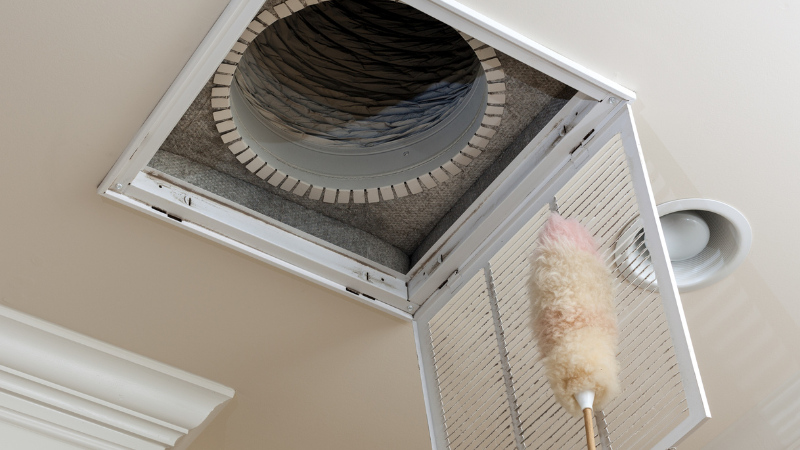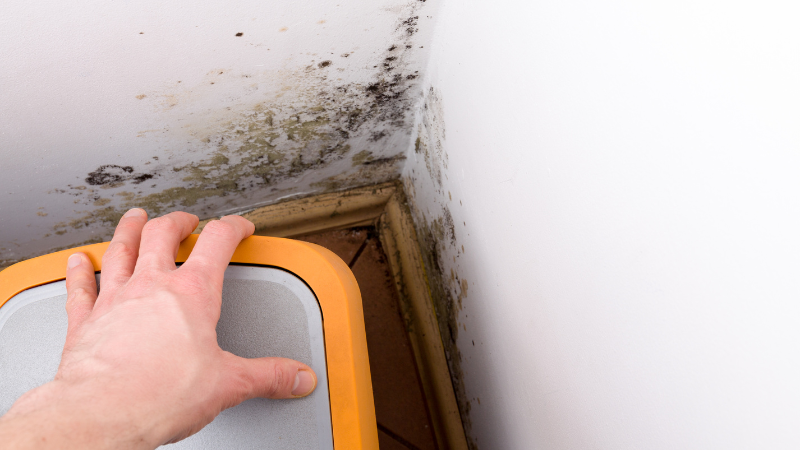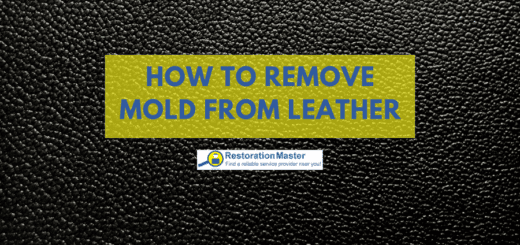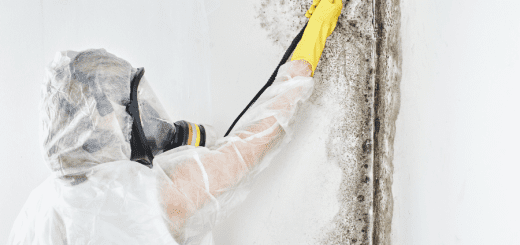Improving Home Ventilation to Prevent Mold

MoldMold is a type of fungus that grows in damp or humid conditi... More is a common issue that homeowners face, especially in areas with high humidityHumidity is the amount of moisture or water vapor present in... More. It can cause health problems and damage to your home. One way to prevent moldMold is a type of fungus that grows in damp or humid conditi... More growth is by improving your home’s ventilationVentilation is the process of exchanging or circulating air ... More. Here are some tips to help you improve your home’s ventilationVentilation is the process of exchanging or circulating air ... More and prevent moldMold is a type of fungus that grows in damp or humid conditi... More.
How to Prevent Mold
MoldMold is a type of fungus that grows in damp or humid conditi... More is known to thrive in warm and damp environments, making preventionPrevention refers to actions taken to reduce the likelihood ... More crucial. To effectively mitigateTo mitigate is to reduce or limit the severity of damage, ri... More moldMold is a type of fungus that grows in damp or humid conditi... More growth, it’s essential to eliminate the contributing factors. Start by addressing potential moisture sources in your home.
- RepairRepair is the act of fixing or restoring damaged property, m... More leaky pipes, poorly sealed windows, and other areas where moisture can collect. This will help prevent the buildup of excess moisture, which is a prime breeding ground for moldMold is a type of fungus that grows in damp or humid conditi... More.
- Inspect your basement and attic regularly for dampness. These areas are particularly susceptible to moisture retention, creating an ideal environment for moldMold is a type of fungus that grows in damp or humid conditi... More growth. Look for water stains, musty odors, or visible moldMold is a type of fungus that grows in damp or humid conditi... More growth. If you detect any issues, promptly address them and ensure proper ventilationVentilation is the process of exchanging or circulating air ... More in these spaces. This may involve installing vents or utilizing dehumidifiers to maintain optimal moisture levels.
- Improve the ventilationVentilation is the process of exchanging or circulating air ... More in your home. Proper airflow helps to reduce humidityHumidity is the amount of moisture or water vapor present in... More levels and facilitates dryingDrying is the process of removing moisture from materials, s... More, making it harder for moldMold is a type of fungus that grows in damp or humid conditi... More sporesSpores are microscopic reproductive units of fungi or mold t... More to settle and proliferate. Open windows whenever possible to encourage natural ventilationVentilation is the process of exchanging or circulating air ... More and air circulation. Consider using exhaust fans in high-moisture areas such as bathrooms, kitchens, and laundry rooms to expel humid air and prevent it from lingering.
Improving your home’s ventilationVentilation is the process of exchanging or circulating air ... More helps naturally occurring moisture in your bathrooms, kitchen, and laundry room to evaporate quickly, before moldMold is a type of fungus that grows in damp or humid conditi... More sporesSpores are microscopic reproductive units of fungi or mold t... More can grow. It will also make your home more comfortable in hot weather.

Home Ventilation Methods
The quickest and easiest way to improve your home’s ventilationVentilation is the process of exchanging or circulating air ... More is to open windows when the weather permits. Check your screens to be sure there are no tears or gaps. When it is not feasible to open the windows, install fans in rooms that may develop moldMold is a type of fungus that grows in damp or humid conditi... More, and turn them on any time there is the possibility of moisture collection, such as:
- In the bathroom after a shower
- In the kitchen while the dishwasher runs
- In the laundry room while the washer and dryer run
- In the attic while the relative humidityRelative humidity (RH) is the percentage of moisture in the ... More is high
- In the basement during and after a rainstorm
Air duct cleaning is another method to consider. Air duct cleaning not only improves ventilationVentilation is the process of exchanging or circulating air ... More but also plays a crucial role in preventing moldMold is a type of fungus that grows in damp or humid conditi... More growth. Over time, dust, debris, and even moldMold is a type of fungus that grows in damp or humid conditi... More sporesSpores are microscopic reproductive units of fungi or mold t... More can accumulate within the HVAC system’s air ducts, hindering airflow and reducing the efficiency of the ventilationVentilation is the process of exchanging or circulating air ... More system. This buildup not only restricts the flow of fresh air but also provides a breeding ground for moldMold is a type of fungus that grows in damp or humid conditi... More if moisture is present. By conducting regular air duct cleaning, you can remove these contaminants, ensuring unrestricted airflow and reducing the risk of moldMold is a type of fungus that grows in damp or humid conditi... More growth.
If your home lacks adequate ventilationVentilation is the process of exchanging or circulating air ... More, explore options such as installing a whole-house ventilationVentilation is the process of exchanging or circulating air ... More system or utilizing standalone dehumidifiers in particularly humid areas. These devices can help regulate moisture levels and improve overall air quality, reducing the likelihood of moldMold is a type of fungus that grows in damp or humid conditi... More growth.
Professional Mold Inspection and Mold Removal
If you already have a moldMold is a type of fungus that grows in damp or humid conditi... More problem, schedule a professional moldMold is a type of fungus that grows in damp or humid conditi... More inspectionInspection is the careful examination and assessment of a pr... More and moldMold is a type of fungus that grows in damp or humid conditi... More removal from reputable mold remediation specialist. They will inspect your property, prepare a remediation plan, and work with your insurance agent to handle the billing aspect. During the moldMold is a type of fungus that grows in damp or humid conditi... More inspectionInspection is the careful examination and assessment of a pr... More, ask what steps you should take to improve your home’s ventilationVentilation is the process of exchanging or circulating air ... More and prevent moldMold is a type of fungus that grows in damp or humid conditi... More regrowth.












